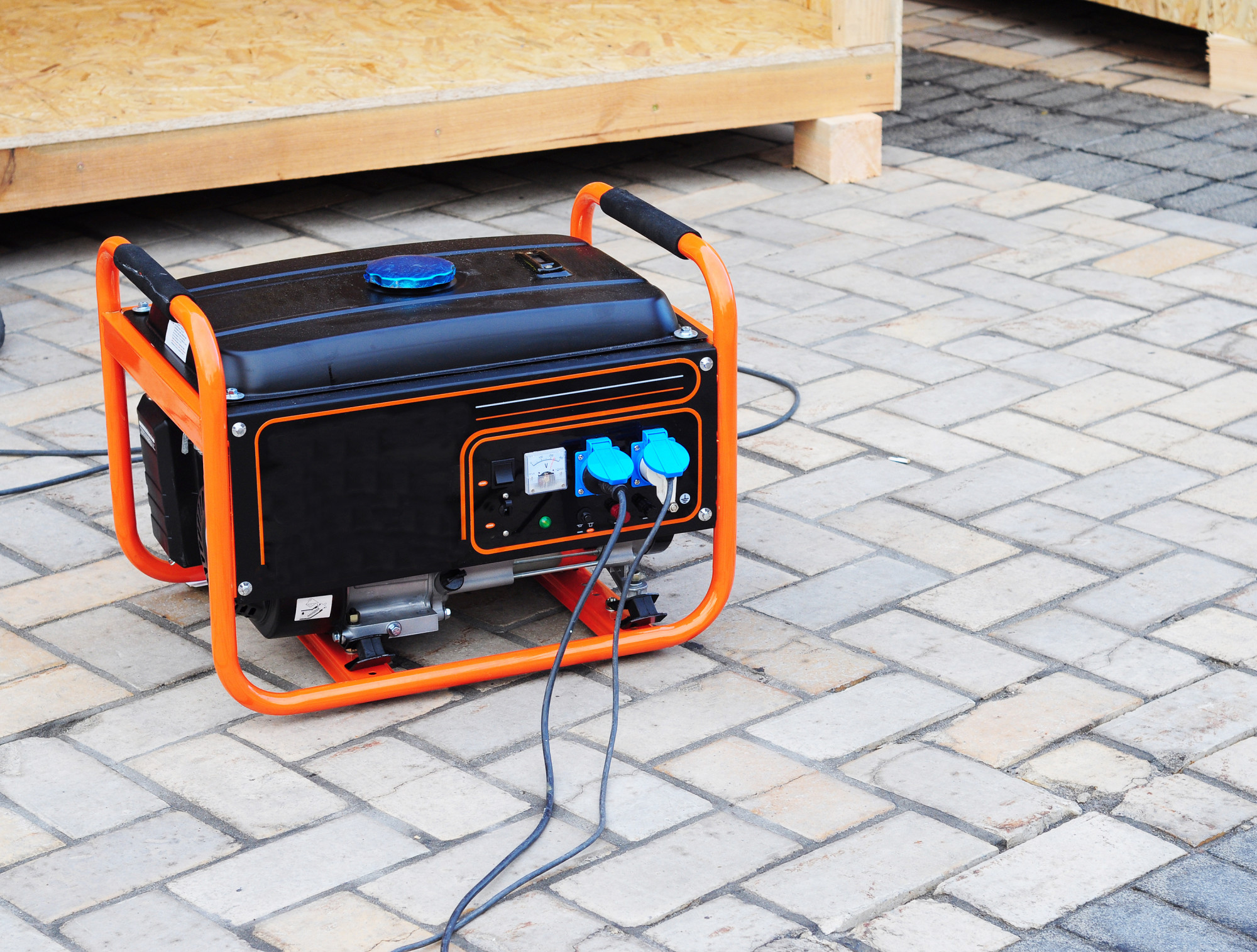It’s not news that climate-related catastrophes are rising across the US. In fact, a 2020 study showed that inclement weather caused 67% more power outages across the US since the year 2000.
And it doesn’t seem like that number is decreasing anytime soon. If you live in a place prone to power outages, it’s crucial you get a generator to power your home. “What generator size do I need?” you may ask.
We’ve got you covered. We’ll cover what you need to know about generators and give advice for purchasing the perfect one for your home.
Why You Need a Generator
If your power goes out for a few hours it’s an inconvenience, but it’s not life-threatening. If the power is out for a few days? That’s a different story.
If the power goes out and it’s cold, expect frozen pipes, flooded basements, mold and mildew, and frigid temps. If it’s hot, expect spoiled food in the fridge, no A/C, and potentially suffering from heatstroke.
Having a way to keep your home running when the power goes off is essential.
Generator Size Guide
Now that we’ve established why a generator is an essential purchase for any homeowner, it’s important to establish how big the generator needs to be. A 1,000 sq. foot bungalow is going to need less power than a 4,000 sq. foot home.
Home size is a good measure of how much power you’ll need to draw from your generator. But what’s essential is how much wattage are you drawing regularly?
This can be determined by assessing the power consumption of your appliances, computers, and TVs. You could check with each individual product and measure up how much wattage is used.
An easier method is to estimate based on appliance energy averages. A wattage calculator is also an option if you have many appliances or have energy-drawing appliances that aren’t commonly found in homes.
Finally, evaluate how much power draw you use seasonally. Do you use more in the summer? The winter?
Prepare by purchasing a generator that meets the needs for when you’re using the max amount of energy.
What Generator Size Do I Need?
Once you have an idea about how much wattage you use, start looking at different generators. When it comes to generator sizing, the larger they are, the more power they’re able to output.
In general, there are four main sizes of generators for home use:
Recreational Inverter
These are tiny generators. They offer up to 2,000 watts of electricity. They’re great for camping, but also can support a fridge, laptop, home security system, and 5-10 lights.
Mid Sized Inverter
These generators offer up to 3,500 watts of power. They can support a few additional appliances, such as an air conditioner or a space heater.
Large Inverter
As the name suggests, these boast large wattage counts, up to 7,500. This can run all of the above, as well as a sump pump, an electric range, a gas or propane furnace, or a dishwasher.
Home Standby
For those with large homes or for those ready for the apocalypse, these are the largest generators. They are not portable like their smaller variants, but that’s because they’re designed to run your house off-grid, should the power dip.
Check Generac dealer for generators, installation packages, and more on all sizes of generators.
Generator Size Matters
So, “what generator size do I need?” Well, that’s up to you. With the above resources, you should now be able to make an informed decision.
Ensure your generator size meets your home’s specifications and of course ensure you keep fuel available to run it.
Like this content? Want more on keeping your home in tip-top shape? Check out the related blog posts.

